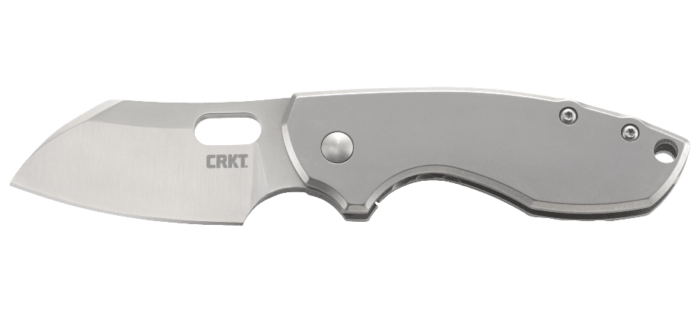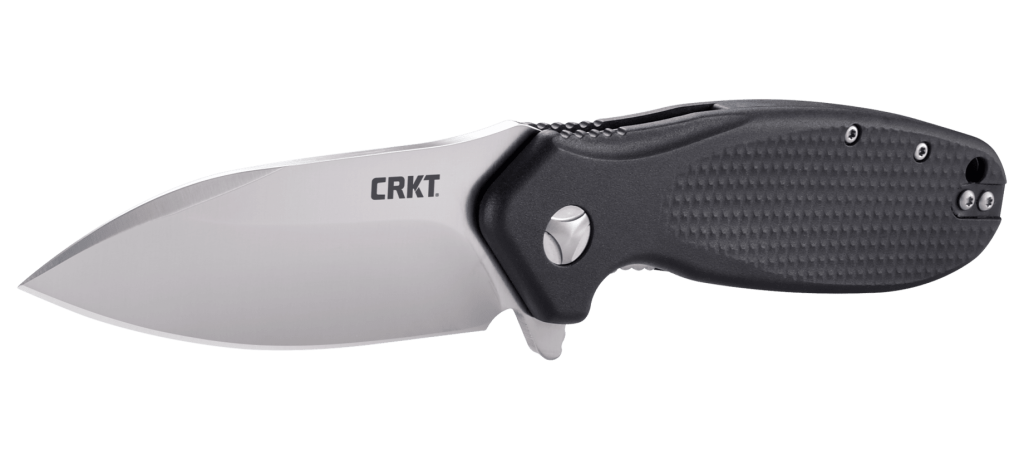Like many of you out there, I have a variety of survival gear. I have duplicates of some things. I have multiples of other things. I have it organized fairly well…it’s in a couple of bags and some boxes in a storage area. I feel well prepared for a basic to mid-level emergency. Problem is, the bags that I have packed are too heavy!
I’m happy with one of the bags I have. It was a thrift store find of an insulated cooler backpack . . . I hadn’t seen these before but when I saw it I knew it would be perfect for a gear bag. It has a large main pocket and a smaller outer pocket that both close with zippers. Because it’s a cooler, it’s lined with waterproof fabric and the outside of it is plastic. And it has wheels. I liked that it was more waterproof than your typical backpack and it rolled, and I didn’t have to pay survival gear bag prices for it.
The other bag is a bowling ball bag that is also a plastic-y material making it more waterproof than typical fabric, but it doesn’t hold as much as the other one. One drawback to using these bags is that they aren’t fully MOLLE’d like “real” survival gear bags. But I like them, I’m using what I have, and I saved money on the deal.
I knew the cooler bag was too heavy. But I moved some things around in that storage room over the weekend and I realized that it were WAY too heavy. What to do?I know that I need to keep them lightweight, so I’m going to start looking for some new bags. Ideally, my husband could take the heaviest bag and our son can take the lightest bag. But SHTF situations are rarely “ideal” and we’re not going to plan for an ideal situation.
Keep it light
When planning your bug-out bag. Be realistic about weight. You might be along. You might be injured. You might have children with you that also need your help. If you have multiple bags, spread your gear out among the bags so that your bag is light enough for you to actually handle and yet also contains your essential stuff.
Pack large, heavy items on the bottom.
Put items on the bottom that you don’t think you’ll need as much, and also anything squishy that can handle being compressed by the weight of things above it.
Keep frequently used items at the top.
Items that I’d keep at hand are fire starting equipment, rain gear (so you’re not digging for it in the, you know, rain), lighting, and one serving of food or snacks and water.
Organize.
Utilize bags or containers to keep things together. For instance, your fire starting material all in one pouch and your first aid all in one kit.
Review your pack occasionally.
If it’s been months since you packed your bag and stored it away, get it out and go through it. There’s nothing worse than knowing you have something but not being able to find it. Or thinking that you have something but then realizing it’s not there or not what you thought it was. It’s a good idea to continually edit and curate the items in your survival bag anyway. You may discover that you’re lacking something or you find gear that you like better than what you already have.
And, actually use the stuff.
That last point is key. If you get gear, use it. Try it out. Become familiar with it. Think about how you would handle a stressful situation if you were trying to get a fire built or filter water and you were trying to read a label or product instruction manual in the dark, in the rain, in the freezing cold, because you never used it beforehand and didn’t know what to do. Yeah. That’s genuinely a situation to avoid being in.
So repack your gear! And get out there and use it.



